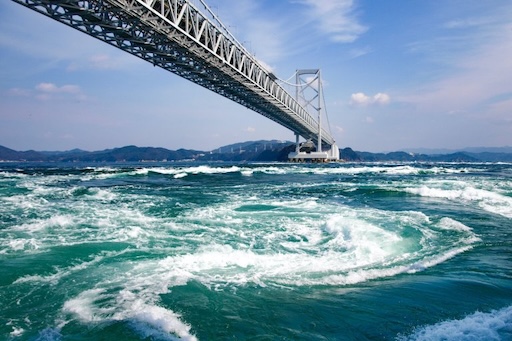
Japan might be the land of cherry blossoms, neon cities, and serene temples—but tucked away between the islands of Shikoku and Awaji lies one of its most mysterious natural wonders: the Naruto Whirlpools. These aren’t just cute little eddies. We’re talking about giant oceanic whirlpools, some as wide as 20 meters, forming like clockwork beneath the dramatic span of the Ōnaruto Bridge.
Yes, they’re real. No, they’re not caused by sea monsters. But they are mesmerizing.
What Exactly Are the Naruto Whirlpools?
The Naruto Whirlpools occur in the narrow Naruto Strait, a channel connecting the Pacific Ocean to the Seto Inland Sea. Thanks to the extreme tidal differences—up to 1.5 meters between the two bodies of water—massive volumes of seawater rush through this tight passage twice a day. Imagine a high-pressure funnel where water is squeezed and swirled like nature’s own blender.
As the tide changes, up to 1.7 million cubic meters of water pass through the 1.3 km-wide strait every second. The result? Chaotic, churning whirlpools that dance, spin, and vanish just as quickly as they appear.
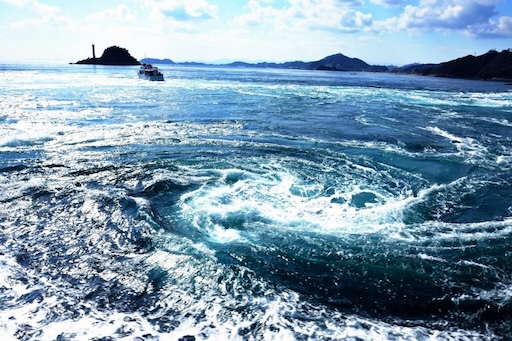
When’s the Best Time to See Them?
The whirlpools are at their most dramatic during the spring tides—especially around the new and full moons. Each day, there are two windows when the tidal currents peak, usually lasting about two hours. Local cruise companies and observation platforms publish whirlpool schedules, so if you're planning a visit, check ahead to align with the strongest tides.
How to Experience Them Up Close
There are two main ways to get close to this natural phenomenon:
- By Boat: Multiple tour operators offer whirlpool cruises that bring you right up to the spinning action. It's a slightly wet ride—but nothing short of thrilling.
- From Above: The Uzu-no-Michi Walkway is a glass-floored path that runs under the Ōnaruto Bridge, offering a bird’s-eye view of the swirling waters below. It's not for the faint of heart, especially when the whirlpools are in full spin mode.
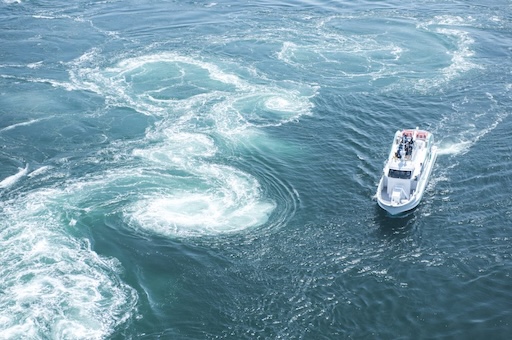
A Splash of Myth and Manga
Of course, this is Japan—so there's a legend. Locals once believed the whirlpools were the handiwork of sea spirits or vengeful gods stirring the sea in anger. The name “Naruto” itself is thought to derive from the Japanese words naru (to roar) and tō (gate), a poetic nod to the roaring gateway of waters.
And yes, anime fans, take note: the famous character Naruto Uzumaki was named after these whirlpools. His signature “Rasengan” move? Literally inspired by the swirling spirals of the Naruto Strait. That’s some powerful pop culture meets geology crossover.
Not Just a Pretty Vortex
Beyond its tourist appeal, the Naruto Strait is also a fascinating site for oceanographic studies. Scientists study its unique currents and turbulence to understand similar patterns elsewhere in the world. It’s not just beautiful—it’s scientifically rich.
Travel Tips
- Getting There: The nearest major city is Tokushima. From there, buses and rental cars can take you to the whirlpool viewing areas in Naruto City.
- Timing is Key: Check the Uzu-no-Michi official website or cruise schedules to catch the whirlpools at their peak.
- Extra Stop: Don’t miss the nearby Ōtsuka Museum of Art—one of Japan’s largest art museums and a hidden gem in itself.
Final Swirl
The Naruto Whirlpools are more than a geographical quirk—they're a living, breathing, spinning marvel. They're wild. They're rhythmic. They're a reminder that Earth has its own choreography, and sometimes, it’s absolutely hypnotic.
If you’re chasing hidden wonder in Japan, add Tokushima to your map. And maybe—just maybe—you’ll find yourself staring down a spiral and wondering what else lies beneath the surface.
Share this story and inspire others.
Tags: Japan, Naruto Whirlpools, Tokushima, Natural Phenomena, Hidden Wonders, Travel Japan, Ocean Mysteries, Whirlpools of the World, Chasing Hidden Wonder, Unusual Destinations
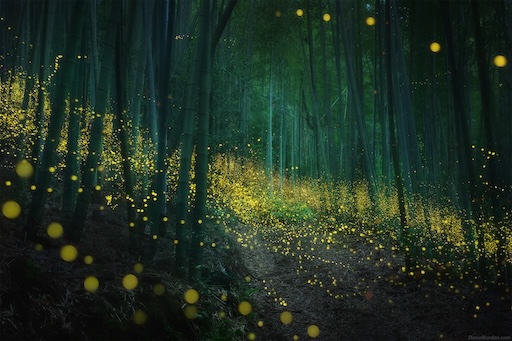 Firefly Phenomenon (Hotaru Season) – Magical Nights in Japan
Firefly Phenomenon (Hotaru Season) – Magical Nights in Japan
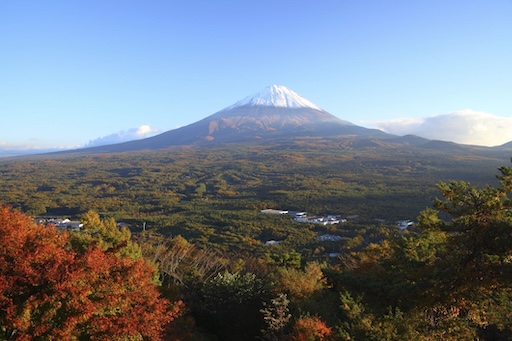 Aokigahara Forest – The Magnetic Silence of Mount Fuji’s Lava Woods
Aokigahara Forest – The Magnetic Silence of Mount Fuji’s Lava Woods
 The Sacred Corn Festivals – When Maize Becomes a God
The Sacred Corn Festivals – When Maize Becomes a God
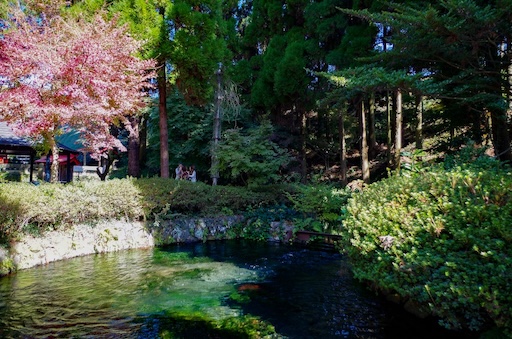 Shirakawa Suigen – Kumamoto
Shirakawa Suigen – Kumamoto
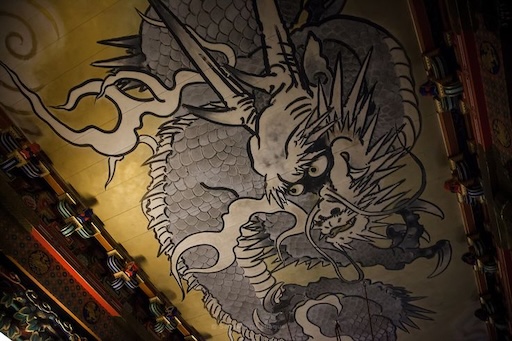 Nikko’s Crying Dragon – Tochigi
Nikko’s Crying Dragon – Tochigi
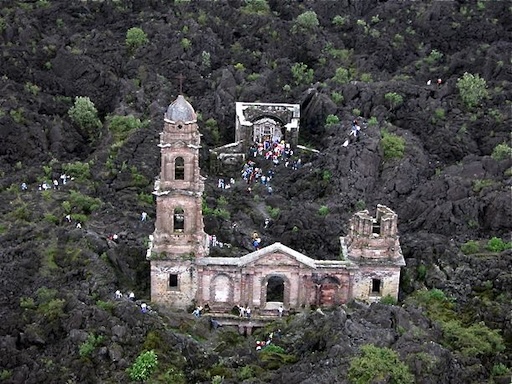 Paricutín Volcano – The Volcano That Was Born in a Cornfield
Paricutín Volcano – The Volcano That Was Born in a Cornfield
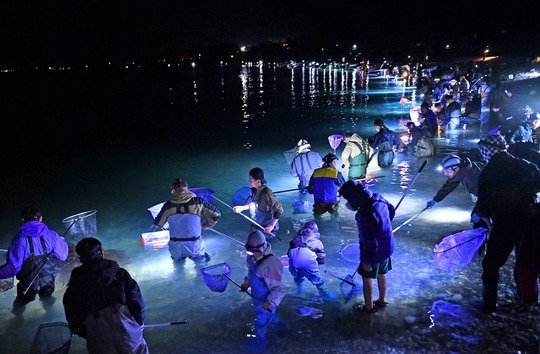 Bioluminescent Firefly Squid (Hotaru Ika) – Toyama Bay
Bioluminescent Firefly Squid (Hotaru Ika) – Toyama Bay